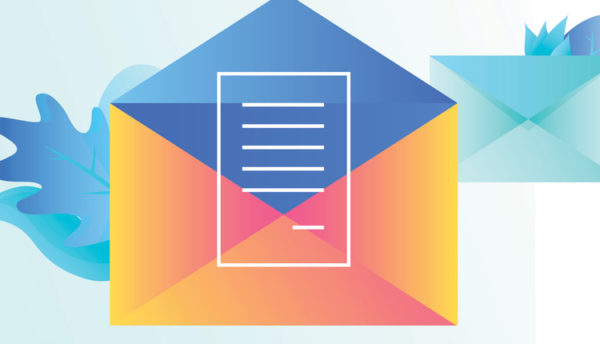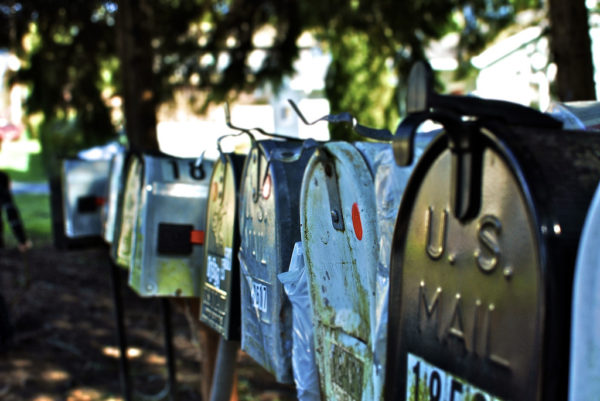Let’s go back in time for a minute…
Back in the late 90’s, blogs became a cool trend as many of us clamored to find new and exciting ways to share our thoughts with the world.
In the decades since, the blog has evolved into a tool that many nonprofits are now using to better engage their audiences.
Is this true at your organization?
Having seen the fundraising benefits that a good blog can have, here are a few ways and reasons why your nonprofit blog can be a powerful fundraising tool:
1. Be Intimate
Blogs, like most donor-focused communications, are deeply personal.
When you pull it apart, a blog is basically a collection of thoughts passed from one person to another – just like your fundraising appeals and reports. And because people relate to people, your blog can be a great place for you to share your messages with passion and personality.
Charity Water’s blog has done a great job with this. They use their blog to introduce people within their organization and give them a platform to share why they care so much. Donors naturally feel a connection to this kind of communication. Plus, it makes a fundraising ask or invitation to get involved much easier to weave in.
You may already know this, but your blog is also the perfect place to tell top-notch stories of beneficiaries, the work your organization does, processes, and showcase your donors’ gift in action. All of this helps to educate donors to your cause, increasing their understanding of the need and how their gifts are solving the problem.
2. Be Immediate
Aside from social platforms like Twitter, Facebook, and Instagram, your blog may be the most immediate method of communication you have.
Use it to your advantage!
For example, if you have an emergency to tell your donors about, then use your blog to support your other fundraising efforts. I remember doing this for a nonprofit I worked with during the devastating 2004 tsunami in Indonesia. With so many people sending in donations and eager to help, a single thank you letter just wasn’t enough. Donors wanted up-to-the-minute updates on what their gifts were doing, and the blog enabled this.
Even more than being a wonderful engagement tool, our blog also proved to be a powerful fundraising platform. Because we had reported back with such detail and frequency, we found that donors were already engaged, making it much easier for us to ask for financial support.
3. Be Informative
Every piece of communication you send in the mail, post online, or hand to a donor – every one of them serves a purpose.
For example, your appeal letter presents a problem or need that you’re asking the donor to fill, while the newsletter closes the loop on that problem and positions the donor as the hero.
But there’s a lot that happens in-between, that donors know nothing about, right? So, your blog is a great place to include that kind of detail.
For example, if your fundraising appeal is asking the donor to provide a night of shelter, use your blog to explain more about how that process works and what it looks like for the person being served.
Because your blog is an intimate, immediate, and informative way to communicate with your donors, take some time to explore it. The humble blog can provide your organization with a great fundraising opportunity.




